Planning on traveling to Mexico? Whether you’re heading to the white-sand beaches of the Yucatán or kicking off your trip in the vibrant chaos of Mexico City, there are a few essential things to know before you go.
This guide covers everything from entry requirements to tipping, tap water, transportation, and yes, safety (because that matters a lot to me, too).
Let’s dive into the 14 things I wish I knew before my Mexican vacation.
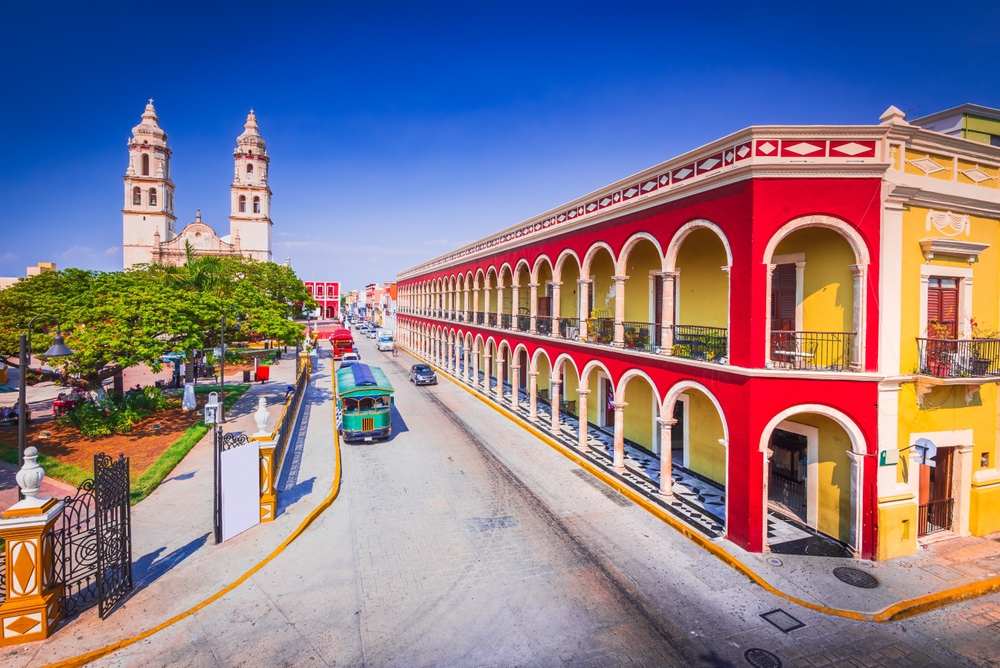
Traveling to Mexico: 14 Things to Know Before Your Mexican Vacation
Do you need a passport to go to Mexico? (Yes.)
If you’re a U.S. citizen, you do need a passport to travel to Mexico.
A passport book is required for air travel; a passport card will work if you’re entering by land or sea.
Your passport must be valid for the duration of your stay, but ideally it should have at least six months of validity left.
You’ll also need to fill out a Multiple Immigration Form (FMM), often handled on your flight or at the border.
Keep it safe during your trip. You may be asked for it when you leave the country.
If this is your first time flying to Mexico, read my article How To Avoid Getting Sick On A Plane.
The Entry Requirements for Mexico
Most travelers from the U.S., Canada, the UK, and the EU do not need a visa for tourist visits under 180 days.
Always double-check with the Mexican consulate before you go.
If you plan to work, volunteer, or stay longer, different rules apply.
Children traveling with one parent may need extra paperwork, like a notarized letter of consent; check those requirements carefully in advance.
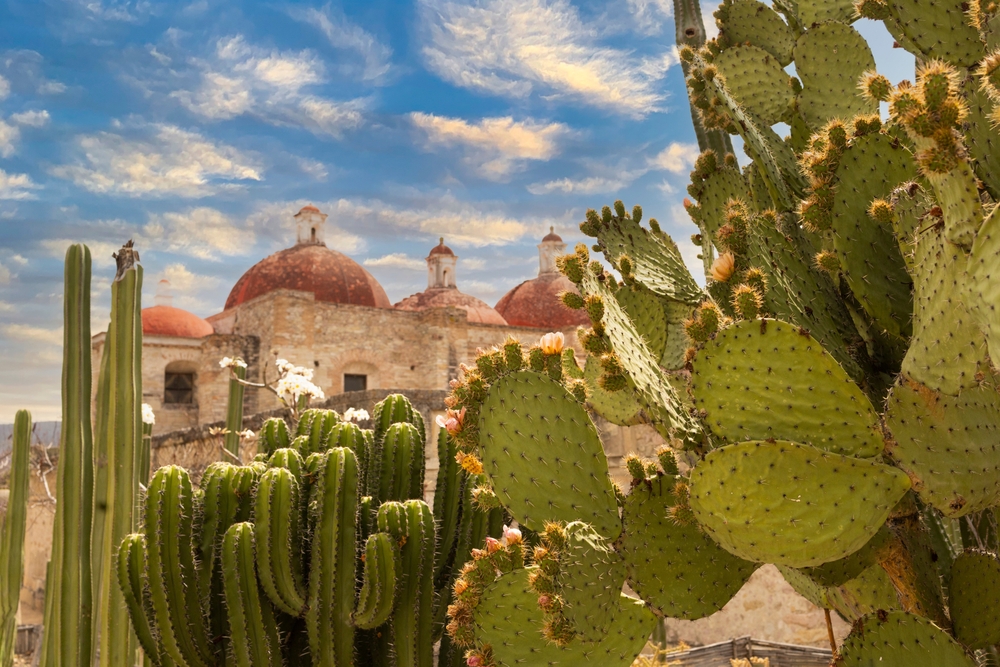
Is it safe to travel to Mexico?
Here’s the truth: Mexico is not one-size-fits-all when it comes to safety.
Some areas (including parts of Mexico City, Oaxaca, Mérida, and the Baja Peninsula) are generally safe for tourists. Others have real risks.
I stuck to well-reviewed neighborhoods, took Ubers instead of hailing taxis off the street, avoided travel at night, and kept valuables zipped up and out of sight.
Common sense goes a long way, but research your destinations thoroughly and keep checking official travel advisories.
I also registered with the U.S. Smart Traveler Enrollment Program (STEP). It’s free and gives the embassy a way to reach you in case of emergency.
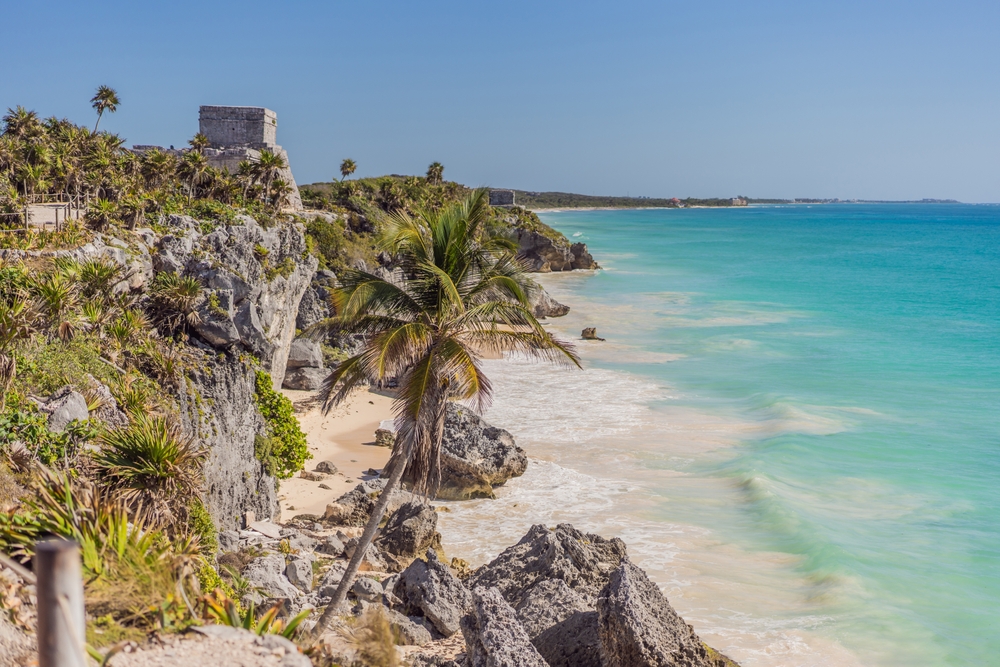
Do I Need a SIM Card or an International Plan?
If you’re traveling to Mexico from USA, your phone might already be covered.
Many American carriers (like T-Mobile, Verizon, and AT&T) include Mexico in their standard plans.
Just make sure to check coverage, roaming charges, and data limits before you go.
Prefer a local SIM card? They’re easy to get in Mexico.
Telcel is the most common provider, and you can buy a prepaid SIM at the airport, OXXO convenience stores, or telecom shops.
Should I Use Cash, Credit Cards, and Let My Bank Know?
Mexico is very much a cash-friendly country, especially outside major cities or resorts.
Credit cards are accepted at hotels, chain restaurants, and tourist spots, but you’ll want pesos on hand for markets, street food, taxis, and tips.
About a week before my international trips, I call my bank and ask to make a currency exchange for the country I am traveling to.
It takes about 3 days, and when notified, I go to my local bank and pick up the currency for the best rate.
Let your bank and credit card companies know you’re traveling to Mexico before you go; otherwise, you risk a blocked card when you’re trying to pay for tacos.
ATMs are widely available, but use them in secure areas like bank branches or shopping malls.
I avoided using the sketchy-looking standalone ones.
Tipping Etiquette in Mexico
Yes, tipping is expected, and the amounts are similar to the U.S.
Restaurants: 10-15% (20% for excellent service). Hotel staff: 20-50 pesos per day for housekeeping, more for bellhops.
Taxi/Uber: Not required, but rounding up or tipping 10% is appreciated.
Tour guides: 10-20%, depending on the length and quality of the tour.
It’s a good idea to keep a stash of small bills and coins just for tips.

Traveling to Mexico: Is the tap water safe in Mexico?
In most areas, do not drink the tap water. Stick to bottled water, which is cheap and widely available.
Many hotels and Airbnbs provide large filtered jugs or coolers.
Use bottled or filtered water for brushing your teeth, too, just to be cautious.
And watch out for ice in street drinks; most higher-end places use purified ice, but not all street vendors do.
Will I have trouble with the language barrier?
In major cities like Mexico City, Cancun, or Guadalajara, you’ll find English speakers in most tourist areas.
But once you’re outside the resorts or city centers, Spanish becomes essential.
I used Google Translate and learned a few key phrases. Most locals were friendly and appreciative of the effort, even if my accent was a mess.
It’s worth practicing: “Dónde está el baño?” (Where’s the bathroom?).
“La cuenta, por favor.” (The check, please.), and “Sin hielo.” (No ice.)
Travel Adapters and Power Outlets
Mexico uses the same plugs and voltage as the U.S. (Type A and B, 127V), so if you’re coming from the States or Canada, you’re all set, no adapter needed.
If you’re visiting from Europe or anywhere outside North America, you’ll need a plug adapter and a voltage converter if your devices aren’t dual-voltage.
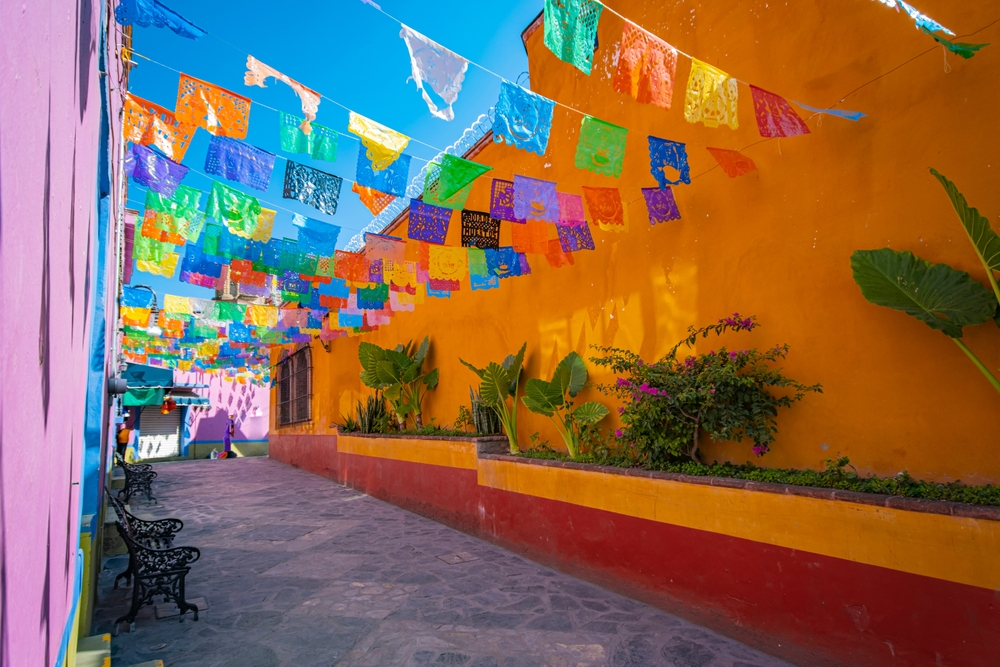
Traveling to Mexico: What Is The Best Time to Visit Mexico?
The best time to travel to Mexico depends on where you’re going.
Generally, December to April is the dry season and has ideal weather for most regions.
May to October is the rainy season and hurricane season on the coasts.
For Mexico City specifically, I visited in February and March is ideal
There is less rain, it is not too hot, and there were fewer crowds than the peak winter holiday season.
Summers can be humid and rainy, especially in coastal or jungle regions.
Food in Mexico: Yes, You Will Miss It When You Leave
Tacos, tamales, tortas, ceviche, mole… Mexican food is ridiculously good.
And no, it’s not just what you get at Taco Bell.
In Mexico City alone, the street food will amaze one.
Just be smart, stick to places with a line, avoid anything that’s been sitting out, and carry something like activated charcoal or Imodium just in case.
Oh, and tip your taquero.
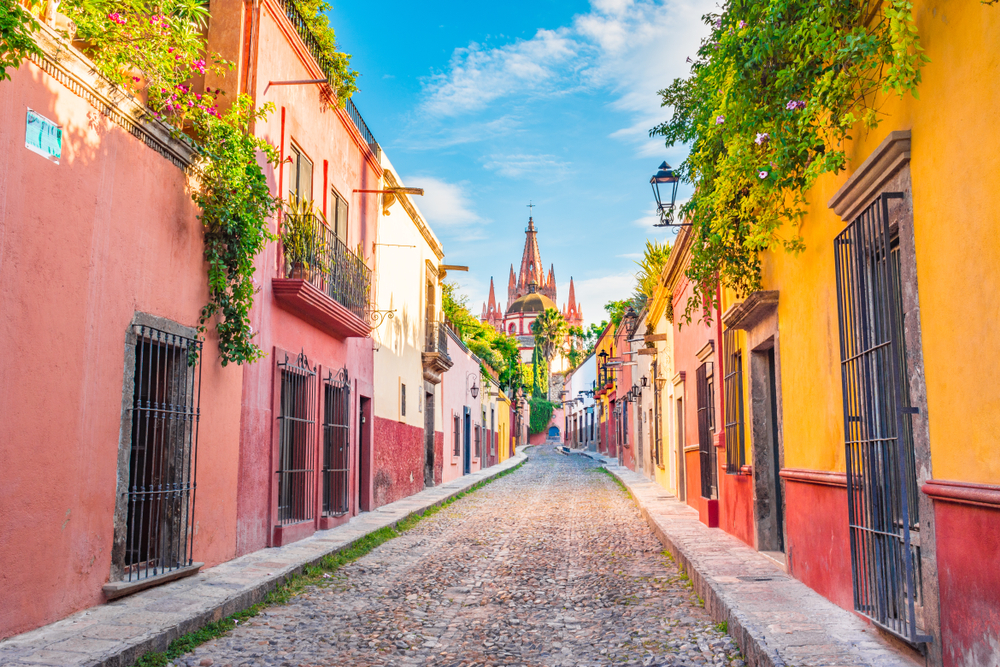
Traveling to Mexico: Getting Around: Public Transit, Taxis, and Uber
Public transport in Mexico varies by city.
In Mexico City, the Metro is cheap and fast, but crowded and sometimes overwhelming.
I chose to use Uber, which I found reliable and affordable.
It felt safer than hailing a taxi on the street.
In smaller towns, colectivo vans and buses are common, but signage might only be in Spanish.
If you’re exploring more rural areas, renting a car may be your best bet, but drive cautiously.

Traveling To Mexico: Essentials Packing List I Wish I Knew About
Here are my tips on how to pack lightly when traveling to Mexico.
This unisex RFID-blocking concealed travel pouch is lightweight and comes in several colors.
These RFID sleeves are another solution.
This Anker high-speed phone charging battery is the exact one I carry with me on all of my trips.
My daughter gifted me this FugeTek selfie stick and tripod setup for my birthday. It is made of lightweight aluminum and is so easy to use.
I never leave home on a trip without my Bobble filtration bottle. The 18.5-ounce size is perfect for exploring.
And the replacement carbon filter ensures fresh, clean water whenever you fill the Bobble.
Then this collapsible silicone foldable water bottle would also work well for you.
This foldable water-resistant backpack would be great for a daily go-pack.
These quick-dry slip-on Aqua shoes will be useful when heading to the beaches in Mexico.
These men’s quick-dry trunks are essential.
For women, this one-strap one-piece bathing suit is amazing.
Consider bringing along quick-dry super-absorbent microfiber towels.
This wet-dry bag with handles is a good option.
These unisex polarized sunglasses come in many lens colors and frame designs and are extremely affordable, too.
If you like aviator-style sunglasses, these polarized aviators may interest you.
As an Amazon Affiliate, I earn from your qualifying purchases.
Mexican History and Etiquette Matter
Mexico has thousands of years of history, from ancient civilizations like the Aztecs and Maya to the colonial era and modern-day revolutions.
The cultural richness is impossible to ignore and is deeply woven into everyday life.
A few etiquette tips: Greet people with a friendly “Buenos días!” or “Buenas tardes!”
Don’t raise your voice in public; calm and respectful is key.
Dress modestly when visiting churches or sacred sites. Avoid assuming locals exist just to serve tourists.
Traveling through Mexico felt different when approached with humility and curiosity.
Locals are so generous in return.
Traveling to Mexico: Health Tips and Travel Insurance
Before going to Mexico, I checked the CDC travel page to make sure I was up to date on routine vaccinations (like Hep A, typhoid, and tetanus).
I also bought travel insurance that included medical coverage, just in case.
Accidents and illnesses can happen anywhere, and I wanted to know I’d be taken care of.
Bring a small travel health kit with any personal medications, pain relievers, antacids, and something for stomach troubles.
I was fine, but I was grateful to have it all just in case.
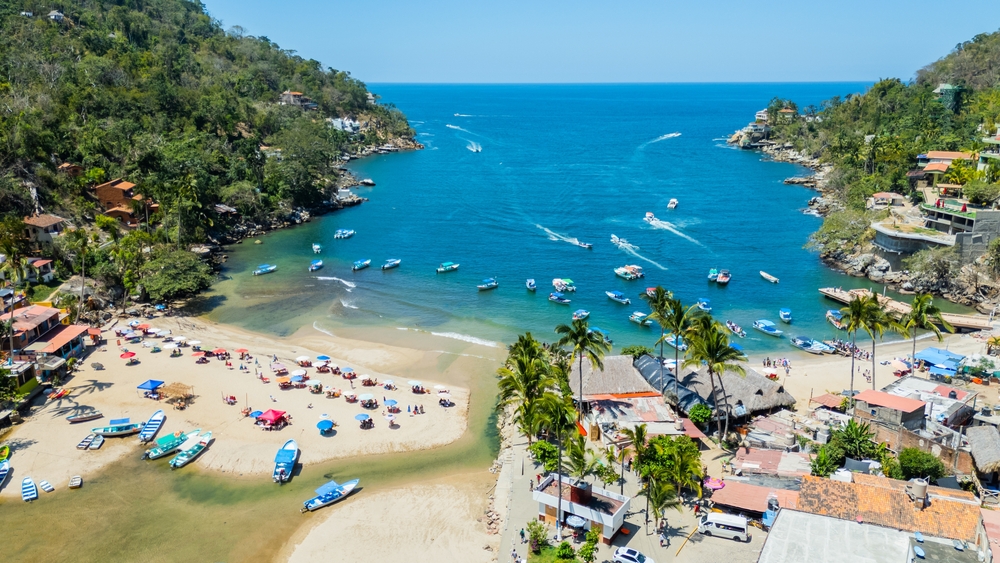
Traveling to Mexico is a wonderful, rewarding experience, but you need to plan.
It’s real life, not a resort bubble.
So come prepared, stay aware, and get ready to fall in love with the food, the culture, and the kindness of the people you’ll meet along the way.
If you’re planning your own Mexico travel adventure from the USA or anywhere else, I hope this guide helps you travel smarter and feel more confident.
 Tours in Athens: 13 Athens Tours That Are A Must For Your Bucket List
Tours in Athens: 13 Athens Tours That Are A Must For Your Bucket List